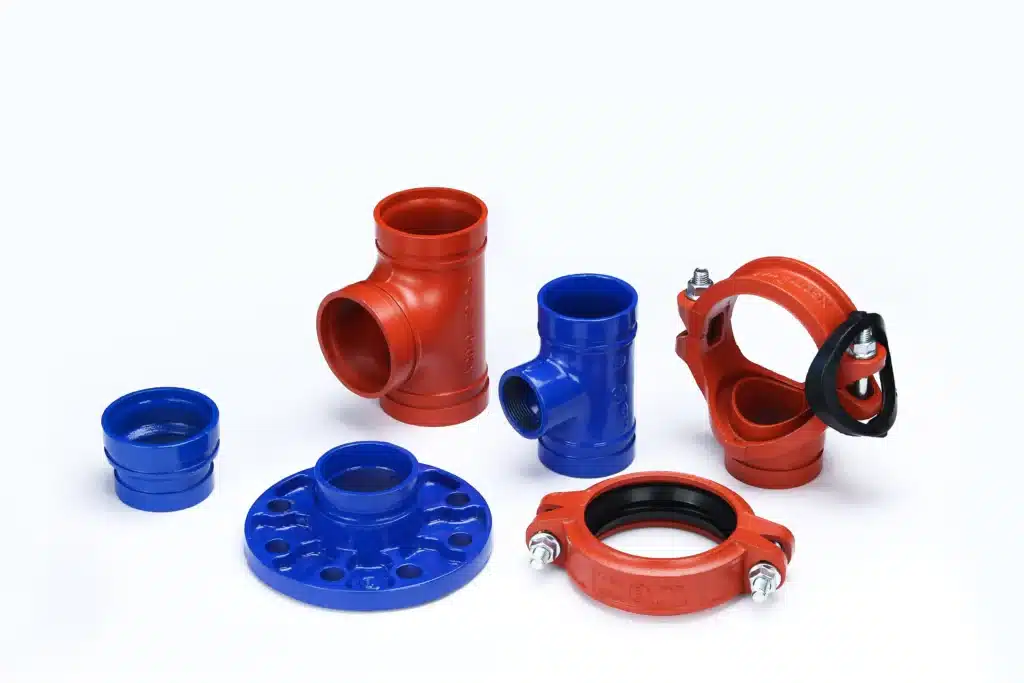Designing a fire protection system, including the fire pipes or piping network, involves several key principles to ensure that the system functions effectively in the event of a fire. Here are some important principles to consider:
Compliance with Codes and Standards:
Adherence to local, national, and international codes and standards is crucial. These codes and standards provide guidelines for the design, installation, and maintenance of fire protection systems.

Risk Assessment and Hazard Analysis:
Conduct a thorough assessment of the building or facility to identify potential fire hazards and assess the associated risks. This analysis helps in determining the appropriate level of fire protection required.
System Classification and Design Criteria:
Determine the type of fire protection system needed based on factors such as occupancy type, building height, size, and occupancy load. This will dictate the design criteria for the system.
Hydraulic Calculation:
Perform hydraulic calculations to ensure that the water supply and piping system can deliver the required flow and pressure to the fire protection devices (e.g., sprinklers, standpipes) in the event of a fire.
Pipe Sizing and Material Selection:
Properly size the pipes to ensure adequate flow and pressure at all points in the system. Consider the material of the pipes, which can be steel, copper, or other approved materials based on the specific application and local regulations.
Distribution and Layout:
Plan the layout of the piping network to ensure even distribution of water throughout the protected area. This includes considering factors like pipe routing, elevation changes, and location of control valves.
Water Supply and Storage:
Ensure that there is an adequate and reliable water supply for the fire protection system. This may involve connecting to a municipal water source, installing a dedicated fire pump, or incorporating a water storage tank or reservoir. **Pressure Regulation and Control:
Install pressure-regulating devices and control valves as necessary to maintain the required pressure levels within the system.
Accessibility and Maintenance:
Ensure that all components of the fire protection system, including the pipes, are easily accessible for inspection, testing, and maintenance. This includes providing clear access paths and labeling.
Expansion and Redundancy:
Consider future expansion and potential redundancy in the system design. This can involve provisions for adding additional fire protection devices or extending the piping network if the building undergoes modifications.
Integration with Other Systems:
Coordinate with other building systems (e.g., HVAC, electrical) to ensure that the fire protection system interfaces seamlessly without interference.
Testing and Commissioning:
After installation, thoroughly test and commission the system to verify its performance. This may include flow tests, pressure tests, and functional tests of all components.
Documentation and Recordkeeping:
Maintain accurate documentation of the design, installation, testing, and maintenance of the fire protection system. This information is crucial for regulatory compliance and future reference.

Remember that fire pipe design should always be carried out by qualified and experienced professionals in accordance with applicable codes and standards. Consulting with a licensed fire protection engineer or specialist is highly recommended to ensure a safe and effective system.
